
Lattix Blog | Software Architecture, DevOps, Systems Engineering

.jpg)
Android Modularization
Out of the box, Android Studio provides one module: the app module. Because of this, most developers write their entire application in this one module. This is fine for small teams and small applications. But, as an application grows, more team members are added and the application becomes more complex, build times can increase – with Gradle builds sometimes taking up to 10-15 minutes – and developer productivity goes down.
One way to solve this problem for complex android applications is to modularize. Modularization means to divide a program into separate sub-programs (or modules) based on features. Each feature will be its own module.
Some advantages of modularization are:
- Ease of incremental builds and deliveries
- Smaller modules are easier to unit test
- Modules can be added, modified, or removed without any impact on another module
- Modules can be reused
- Reused modules can lead to smaller APKs
- Easily pluggable into Instant Apps
- Increased developer productivity, as one person can have sole responsibility of a module
How do we split up a monolithic application into modules?
For business critical applications, discarding the current application and rewriting it from scratch is not an option. Therefore, the only option for critical apps is an iterative approach where you figure out the features that can be separated from the main application and do it in an orderly sequence with the ultimate goal being a set of feature modules.
The key to splitting up a monolithic application into modules is understanding the dependencies between features. This is the software’s architecture. Knowing this will allow you to make decisions on which modules can be split apart and how much work that will entail.
Here are the steps to follow:
- Understand what will be shared. This might seem counterintuitive, but if we didn’t do this we end up duplicating large amounts of code. Many modules share resources such as activities, fragments, and layout files. Looking at the application’s architecture can help identify the utilities that will be shared across the various modules. Looking at the “as-is” architecture can even identify where these utilities have incorrect dependencies.
- Understand how to split what isn’t shared. Modules can end up with definitions of objects that are partial views of the real object. For instance, a shipping module may not need the order history of the customer but does need to know the address where a product will be shipped. By understanding the dependencies from the shipping code, we can understand the actual dependencies that code has on different parts of our domain objects. This can help determine the code needed to interoperate between modules.
- Understand how to split up the data. Splitting up a database means understanding the dependencies within the database. The first thing to think about is foreign key-primary key relationships between tables. But what about stored procedures that access parts of the database? Are there embedded triggers in one of the tables that have dependencies on another table within the database? Again, looking at the architecture of the database (all the dependencies) can help you plan how you will split up the database
- Manage the evolution. Refactoring is never done in isolation. The business still needs new functionality and bug fixes. You need to be able to both add new features and fix bugs at the same time. This is where incremental refactoring can be beneficial. Update a few pieces of the architecture and see how the application is affected by the changes.
Conclusion
There are many benefits to modularizing (refactoring) your Android application: improved maintenance, improved quality, faster builds, and improved developer efficiency. Modularizing your architecture does not have to be a risky, error prone process that requires a massive rewriting the entire application. Instead, it can be accomplished in an orderly and incremental way that minimizes risk while bringing the benefits of modularization.
Lattix lets you see what your software architecture looks like today (“as-is”) and what you can do to modularize it. To see a demo or try our solution for yourself, click here.

Using DSM in Large Scale Aerospace and Defense Manufacturing
The Aerospace and Defense industry has a large problem with increasing cost and complexity in their projects. This is the result of Aerospace and Defense projects becoming larger and more sophisticated. To solve this problem, the complexity that has been introduced has to be identified, reduced, and managed. This will lower the overall cost and keep projects on schedule. As an example, Tesla puts a strong emphasis on modularity (reduced complexity) across all their hardware. So during the recent chip shortage, they were able to quickly switch to chips that were available and continue to make and sell cars with minimal disruptions. One technology that can be used to reduce complexity (and increase modularity) is the Dependency Structure Matrix (DSM).
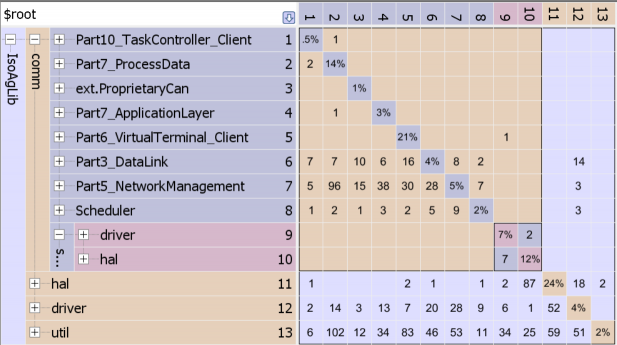
What is Architectural Refactoring?
Read More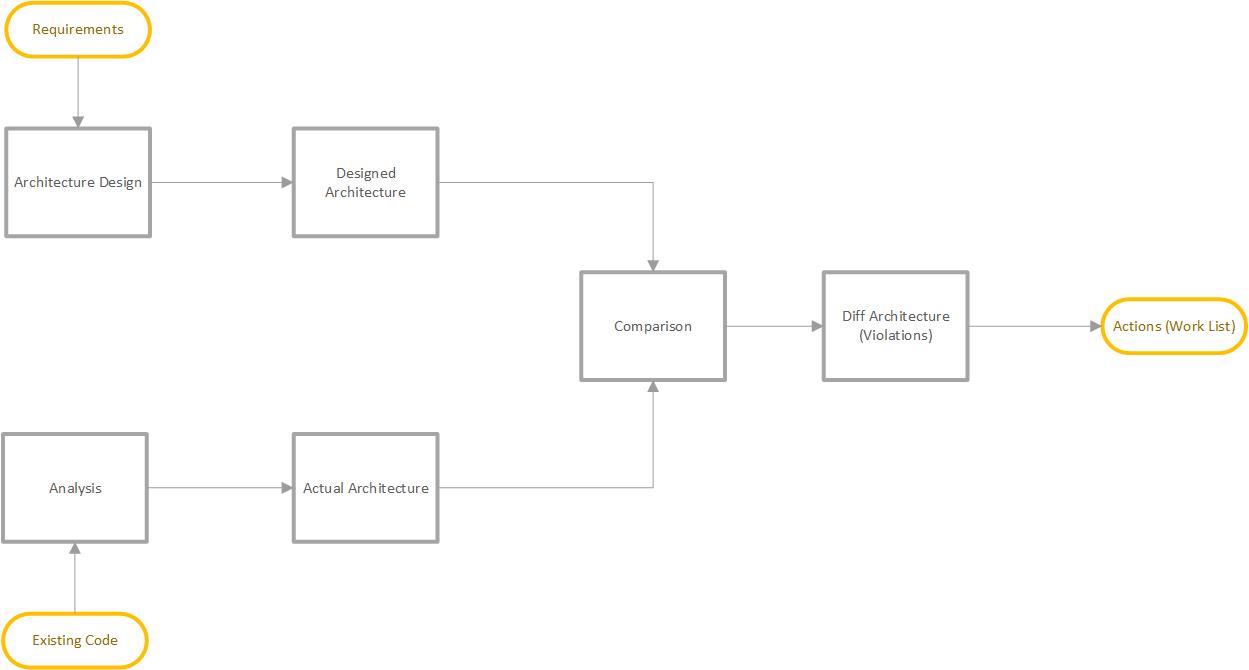
Architecture Erosion in Agile Development
Software architecture erosion refers to the gap between the planned and actual architecture of a software system as observed in its implementation.1
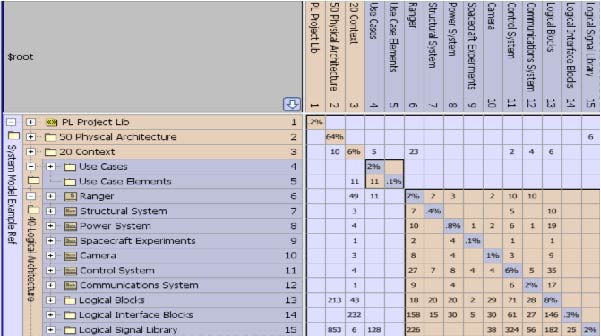
Shifting MOSA (Modular Open Systems Approach) to the left
The weapons systems world is changing. The technology is improving rapidly, requirements for performance are increasing and weapons systems are often required to have 30-50 year service lifetimes. The DoD believes an open systems approach can help. An open system approach considers how a system will be supported throughout its lifecycle at the beginning of the project by using commercially available, widely used interface standards and a modular design approach to combine commercial products from multiple vendors to create a complete weapons system. For the DoD, the recommended method for implementing open systems is MOSA (Modular Open Systems Approach).

Simplicity is not the solution to Software Complexity
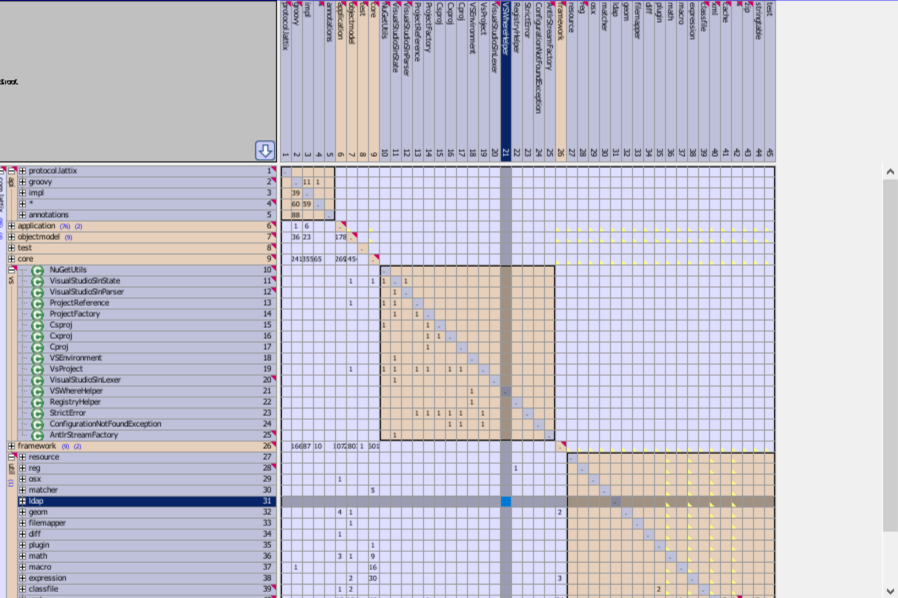
How Lattix handled the Log4j security vulnerability
"The log4j vulnerability is the most serious vulnerability I have seen in my decades-long career", Jen Easterly US Cybersecurity and Infrastructure Security Agency Director
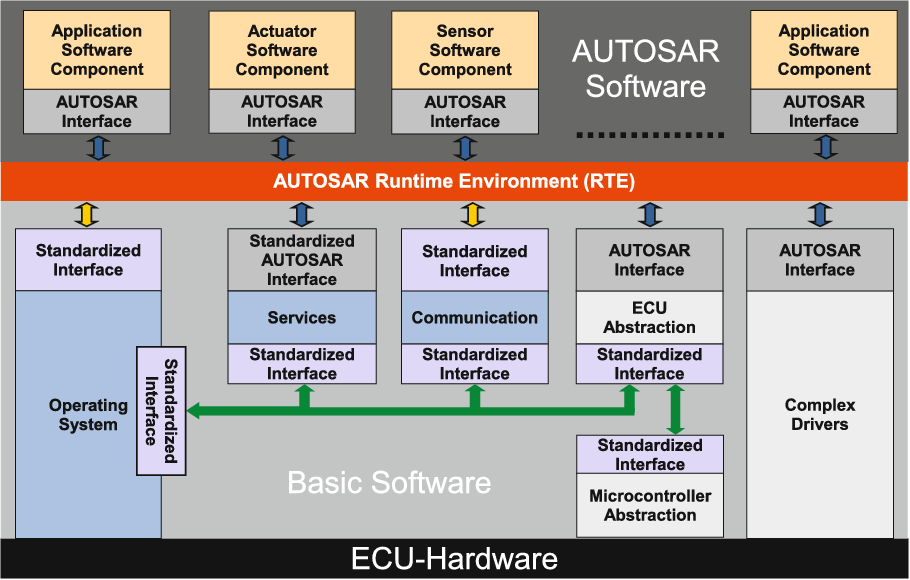
Modularity in Automotive Software
"Any customer can have a car painted any color that he wants so long as it is black"
- Henry Ford
